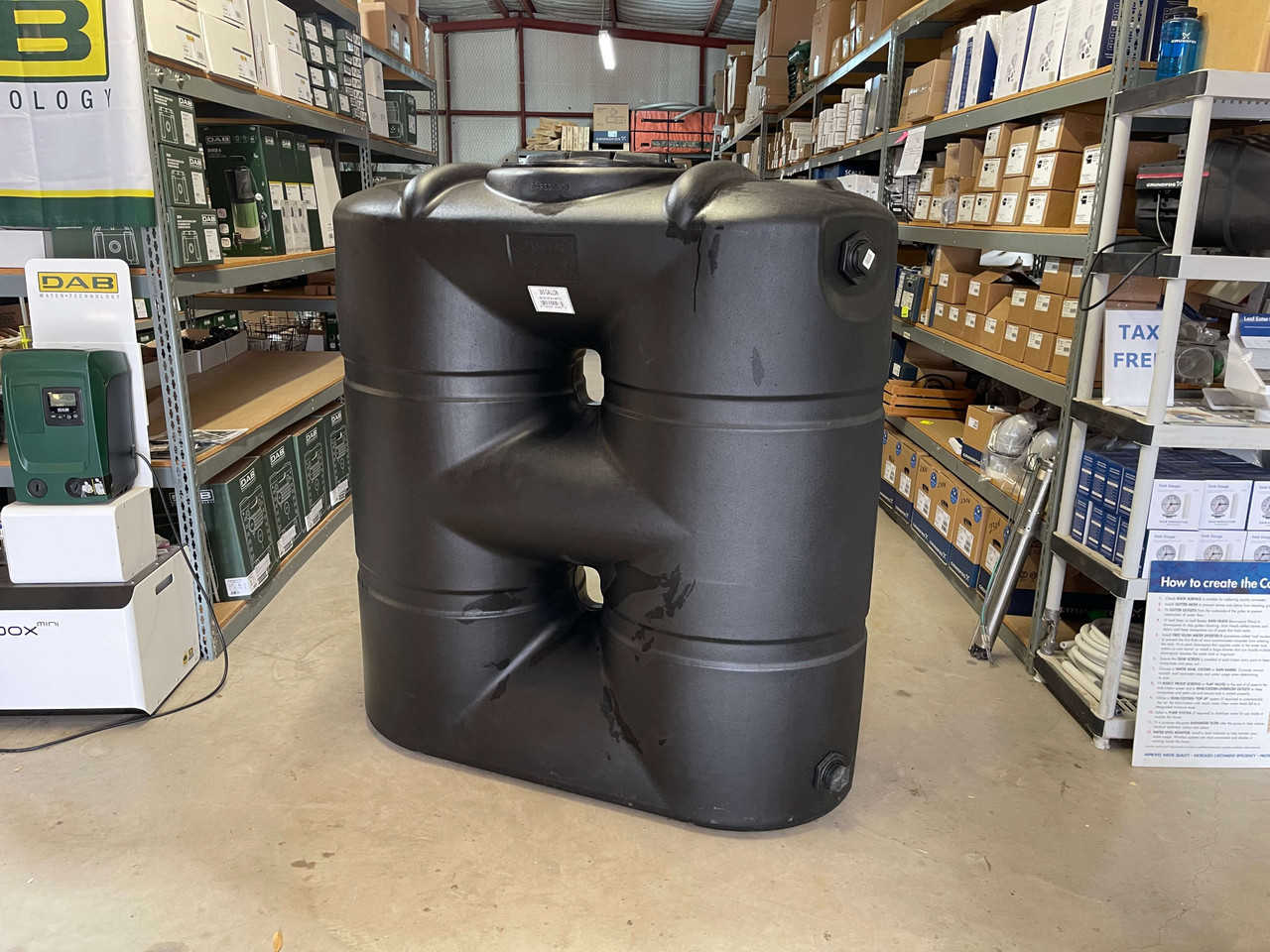Slimline Water Tanks: Space-Saving Solutions for Tiny Features
Slimline Water Tanks: Space-Saving Solutions for Tiny Features
Blog Article
Discovering the Various Usages of Rainwater Containers for Residential and Commercial Residences
As the global focus on lasting living practices remains to intensify, the use of rainwater storage tanks in both residential and industrial setups has become an important remedy. These tanks offer a storage tank for rainwater harvesting, offering a myriad of potential applications that prolong much past mere storage. From irrigation to commode flushing and landscape design, the flexibility of rain containers is substantial. Their assimilation right into commercial homes opens up a world of opportunities for ecologically mindful services. The diverse uses rainwater storage tanks offer an engaging case for their adoption, not only as a practical water-saving step however likewise as a testament to responsible source management.
Benefits of Making Use Of Rain Storage Tanks
Utilizing rain storage tanks provides countless benefits for both families and communities in regards to water conservation and sustainability. One of the key advantages of utilizing rain storage tanks is the significant decrease in reliance on keys water supply - Slimline water tanks. By recording and keeping rainwater for later usage, individuals and neighborhoods can decrease their need for treated water, ultimately reducing the problem on water treatment centers and decreasing energy intake connected with water transport and therapy
Additionally, rain gathering via storage tanks gives a reliable different water source during times of water limitations or shortages. This kept rain can be utilized for different non-potable objectives such as irrigation, flushing toilets, and cleaning garments, decreasing the pressure on conventional water resources. In addition, using rainwater storage tanks can bring about cost savings for both houses and communities by reducing water expenses and lowering the need for costly facilities developments to meet growing water demands.
Basically, the application of rainwater tanks offers a sustainable and ecologically pleasant strategy to water management, benefiting both private users and the wider neighborhood in regards to water preservation, cost-efficiency, and strength.
Rain Container Use in Irrigation
Given the benefits of rainwater containers in saving water resources and decreasing dependence on mains water system, a considerable application depends on utilizing kept rainwater for irrigation objectives - Slimline water tanks. Rainwater harvesting systems can effectively collect and store rainwater, providing a sustainable water resource for watering gardens, yards, and agricultural fields. By utilizing rain for watering, home owners can decrease their dependence on treated water resources, bring about cost savings and environmental advantages

One of the main benefits of utilizing rain for watering is its purity. Rainwater is normally soft and free from the chemicals and ingredients often discovered in keys YOURURL.com water, making it perfect for nourishing plants without the risk of harmful results. Additionally, rainwater goes to ambient temperature level, which can benefit plant growth by preventing temperature shocks that can accompany chilly keys water.
Rainwater Tanks for Bathroom Flushing

Carrying out rainwater containers for bathroom flushing is a cost-efficient and eco friendly technique that can be quickly integrated right into both domestic and business buildings. The kept rainwater can be used to purge toilets by attaching the tank to the existing pipes system. This easy yet reliable service can significantly reduce water usage in a building, especially in areas where water shortage is a concern.

Incorporating Rainwater Tanks in Landscape Design
These storage tanks can capture and keep rainwater drainage from roofing systems, which can after that be utilized for sprinkling gardens, grass, and plants. By using rain for irrigation objectives, residential property owners can minimize their reliance on local water resources, leading to cost financial savings and conservation of priceless water resources.
Along with providing a lasting water resource for landscaping demands, rainwater storage tanks can additionally help in taking care of stormwater drainage. By capturing rain that would certainly otherwise stream right into storm drains, these containers can reduce disintegration, minimize flooding risks, and avoid air pollution of all-natural water bodies. Including rainwater tanks in landscaping can contribute to the general visual appeal of the home, showcasing a dedication to ecological stewardship.
Business Applications of Rain Containers
Utilizing rainwater tanks in commercial setups useful link uses a lasting remedy for water monitoring and preservation, profiting businesses and the environment alike. Commercial applications of rainwater tanks are diverse and increasingly popular due to the cost savings and environmental advantages they provide. One key commercial usage is for watering objectives, where collected rain can be utilized to water landscaping, gardens, and agricultural areas bordering commercial residential properties. This can cause considerable reductions in water bills and reliance on metropolitan water sources.
Additionally, rainwater storage tanks can be integrated right into the fire suppression systems of commercial structures. By having a specialized water source for firefighting objectives, services can enhance their fire precaution and potentially lower insurance coverage premiums. In addition, rainwater accumulated in tanks can be dealt with and used for non-potable functions within commercial buildings, such as flushing commodes, cleaning, and cooling down systems. This not only saves fresh water resources yet also reduces operating costs for services. Overall, the unification of rainwater storage tanks in business settings provides a sensible and environmentally accountable approach to water administration.
Conclusion
From irrigation to toilet flushing and landscape design, the usage of rain storage tanks can aid conserve water resources and minimize water expenses. In general, the convenience and sustainability of rainwater tanks make them a beneficial financial investment for any kind of property owner looking to enhance water effectiveness.
Report this page